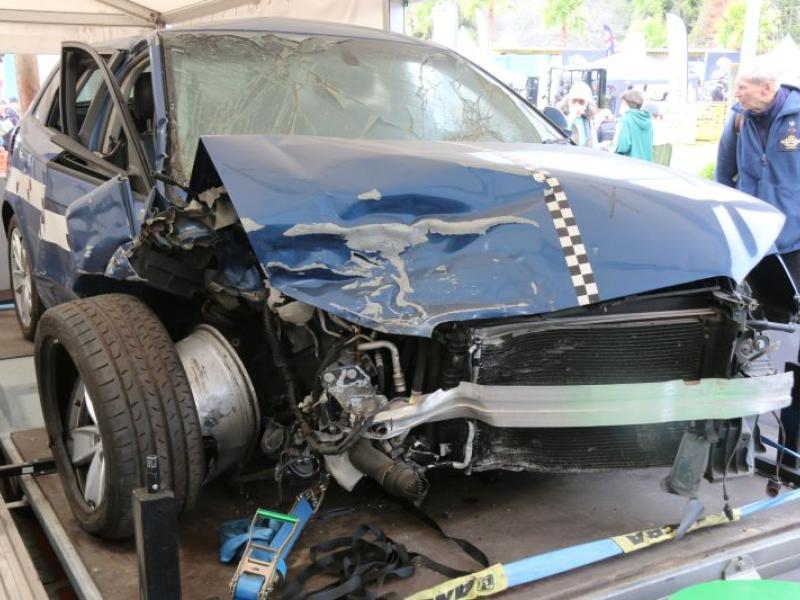As a business owner, manager or company director, it’s your responsibility to keep your people safe – but what does that mean?
Since the introduction of the Health and Safety at Work Act in 2016, we’ve seen businesses take material steps to reduce risk that could result in legal action.
The introduction of the act means that officers of the business can be held personally and criminally liable for failing to take all practicable steps to minimise risks to their employees, contractors, and the general public.
The changes also mean that company-provided motor vehicles are considered a ‘place of work’ - making a legally-compliant fleet a non-negotiable.
This doesn’t just mean basic compliance, but ensuring that vehicles remain safe through current Warrant of Fitness checks and a robust preventative maintenance programme.
The changes are a huge responsibility for business officers, and it’s enforced real change in many organisations. So how can leasing help organisations handle their health and safety needs?
1. It provides an extra layer of protection for fleet operators.
As a business owner, you can take advantage of the significant investment lease companies have made in developing robust systems and use them to your organisation’s advantage.
Not only does a Fully Maintained Operating lease ensure that vehicles undergo a preventative maintenance programme aligned to the manufacturers requirements, but lease companies also have sophisticated systems in place to monitor vehicle usage.
This is captured through odometer readings and provides a direct-to-driver messaging service, ensuring drivers are informed when their vehicles are due for servicing.
If the vehicle doesn’t turn up for a service, back-up escalation processes kick in to ensure the lessee’s senior managers are aware of potential compliance issues.
2. Leasing ensures compliant, well-maintained vehicles (and team).
When you have a new lease vehicle, servicing happens through qualified service agents, who are subject to an annual audit to ensure their staff and facilities meet standards.
During the maintenance approval process, a detailed record of all work undertaken ensures that vehicle safety, reliability and manufacturers warranties remain intact.
When tyres need replacing, only tyres that match the manufacturers requirements are used.
Whilst 1.5mm of tread is the minimum requirement to operate light commercial or passenger vehicles on New Zealand roads, most lease companies will adopt a more conservative requirement of 2-3mm to ensure maximum safety for drivers.
By swapping detailed data with NZTA on a daily basis, your fleet provider is able to keep compliance records up to date. In the same way that drivers receive notifications on services due, leasing companies will also notify drivers 28 days from WoF-CoF expiry to provide plenty of time to arrange an inspection.
An area often overlooked is Driver Licence management. Leasing providers have the tools to flag when a driver’s licence status changes, which gives the employer a warning to investigate further – ensuring drivers are just as compliant as the vehicles themselves.
3. Leasing gives you relief vehicles and the latest technology.
If a lease vehicle is off the road whilst repairs are undertaken, you have access to free-of-charge relief vehicles to ensure your staff can keep moving – without compromising on safety.
Leasing your fleet, you’ll also gain access to the latest technology like telematics, where you can monitor vehicle usage and pull reports as part of your health and safety guidelines.
By updating vehicles over a three or four-year period, you can mitigate against technology redundancy and provide staff with the most up-to-date safety features, which often isn’t possible under an ownership model. Plus, your staff will love that ‘new car’ feeling!
Book a free fleet assessment to find out how your fleet stacks up, at fleetpartners.co.nz.






